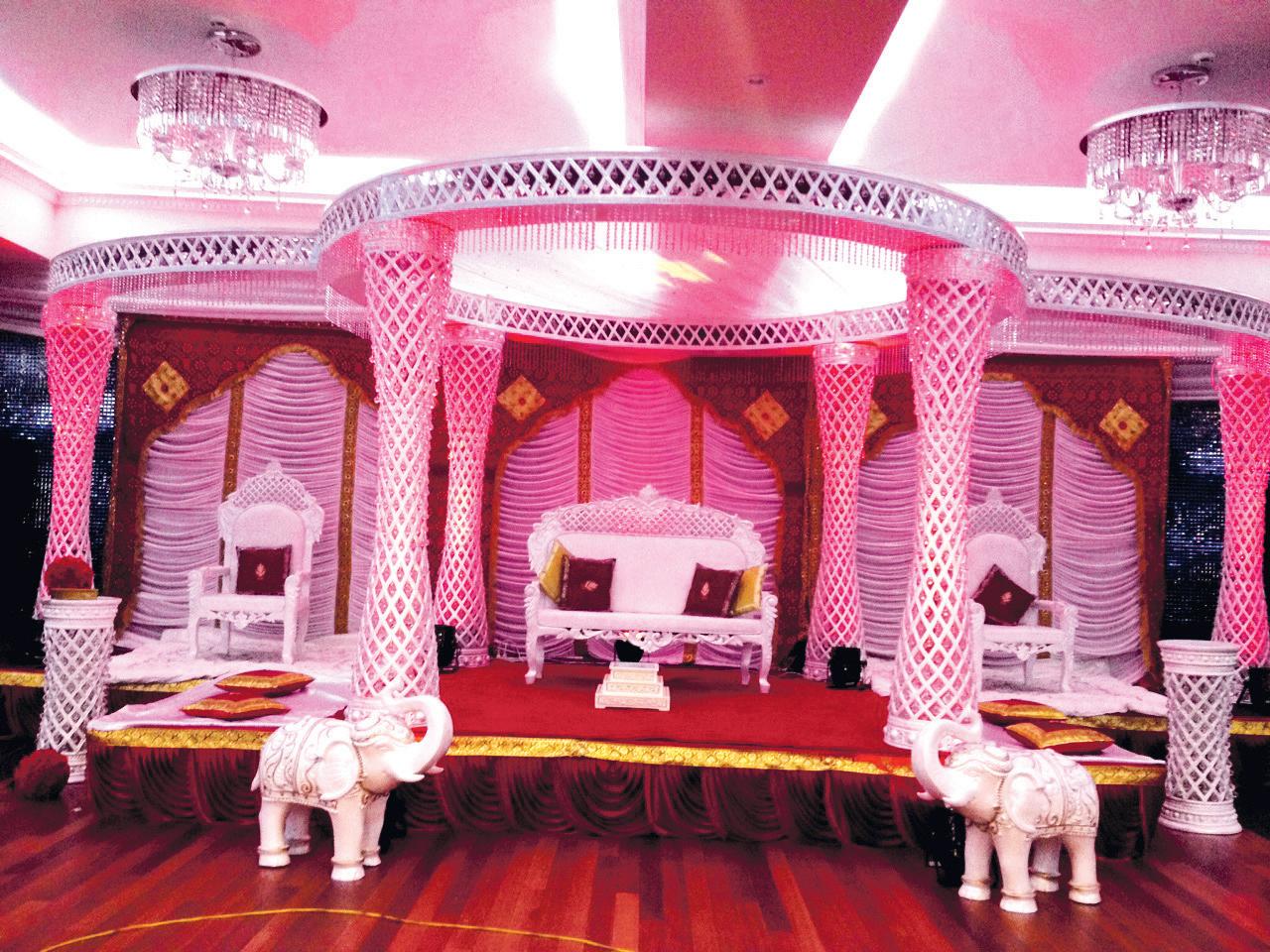
10 minute read
People Parties Places
from 2012-10 Sydney (1)
by Indian Link
It’s a baby girl for Mrudula and Prashant
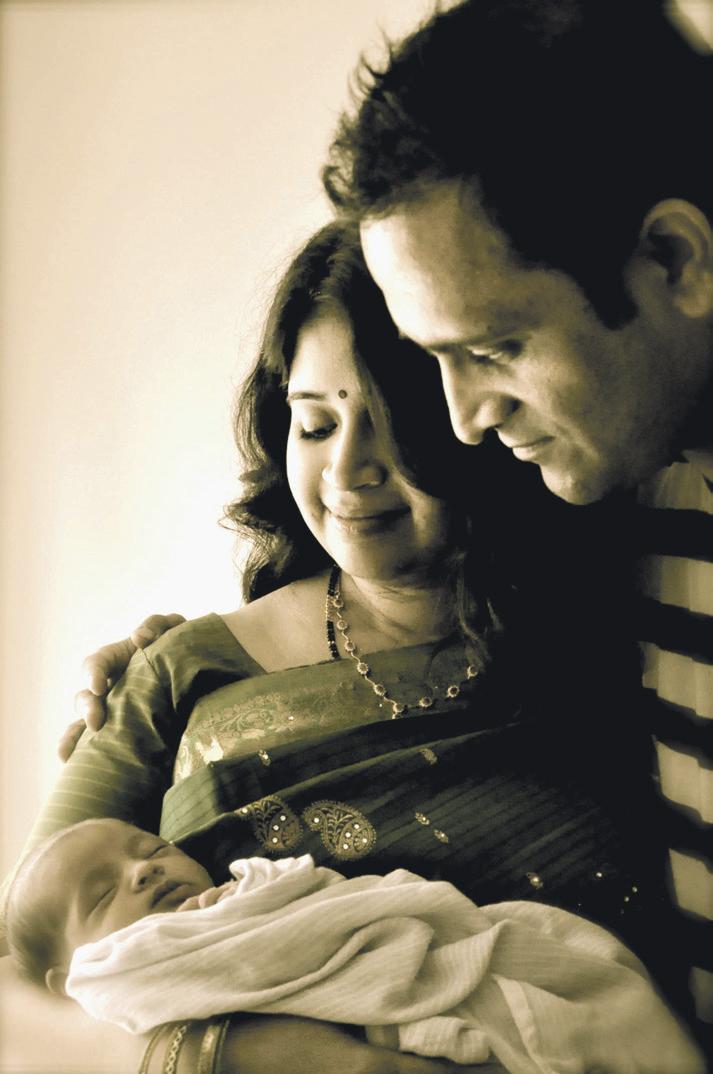
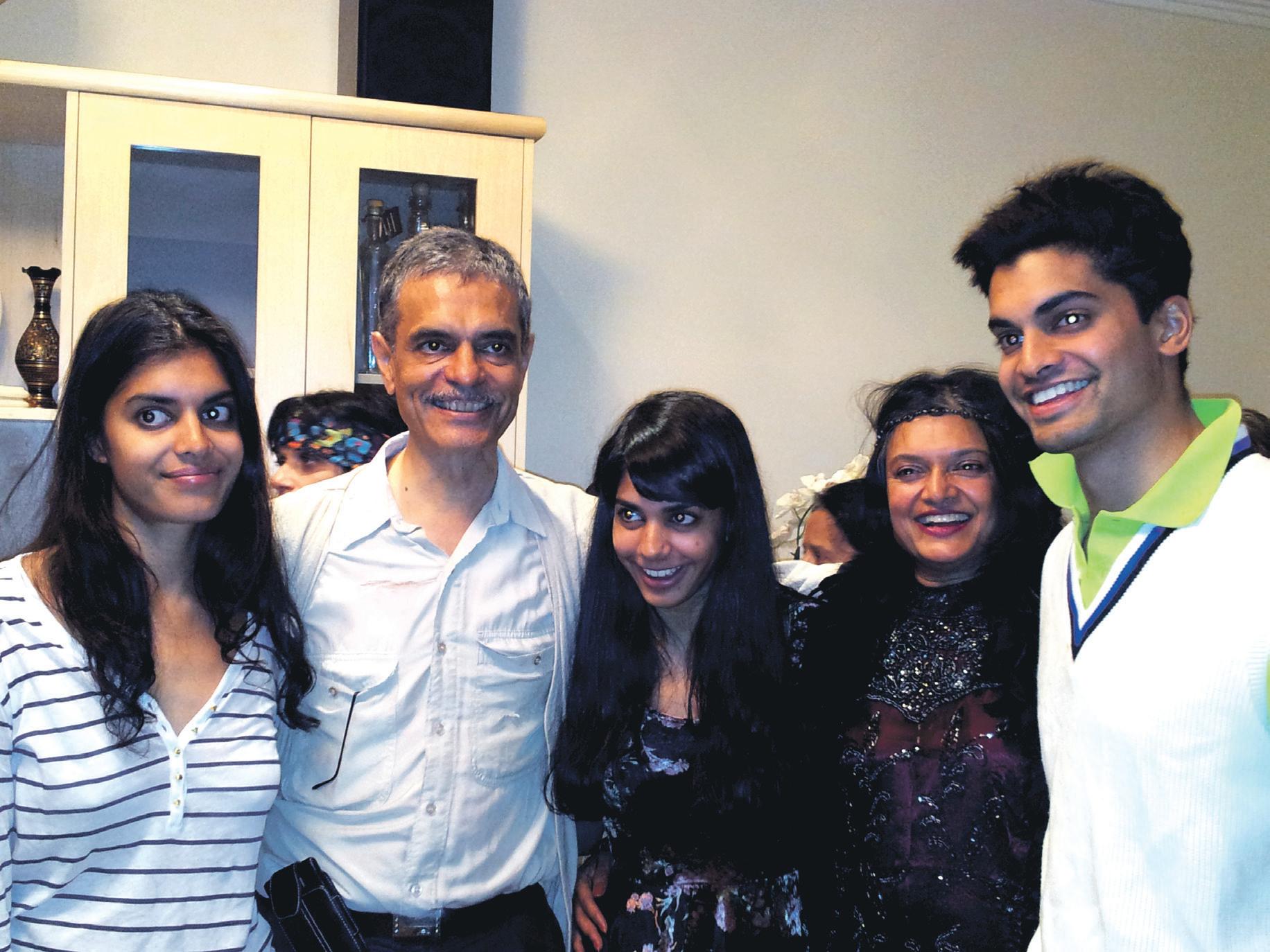
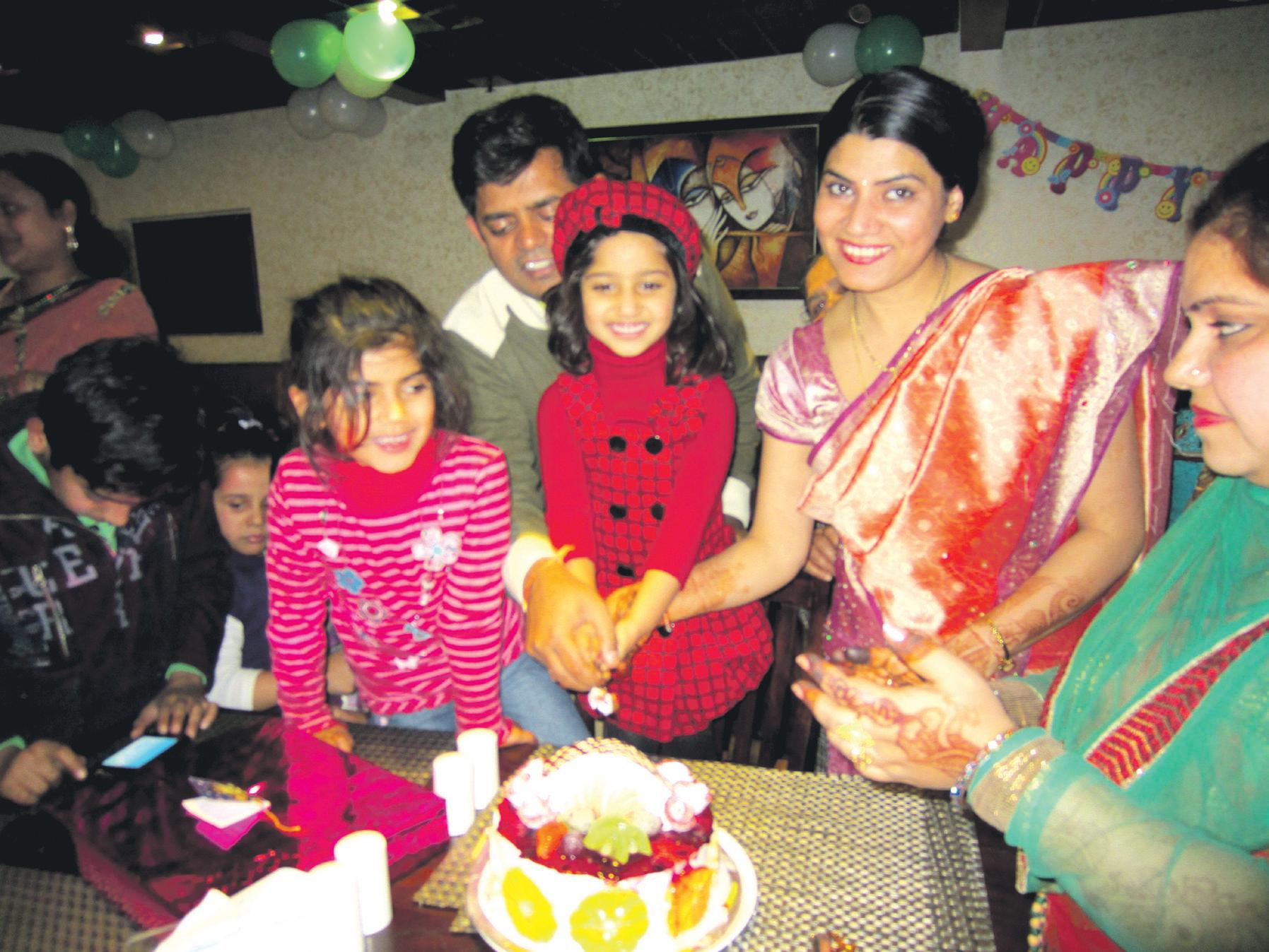
Dixit: welcome Baby Ira
760 merit awards in six years: Year 12 student Srijata Michelle Bandyopadhyay of Randwick Girls High School wins an award for winning the highest number of merit awards in the history of the school Fourth birthday for Siona
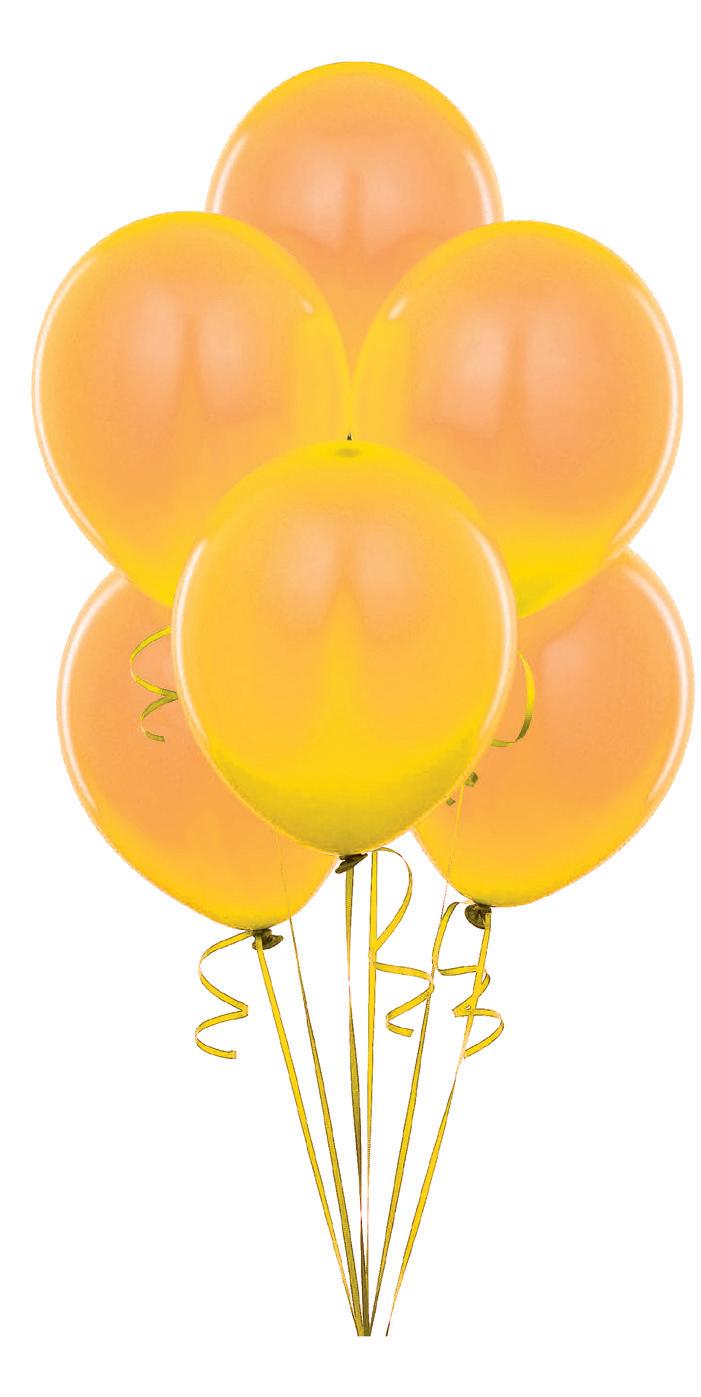
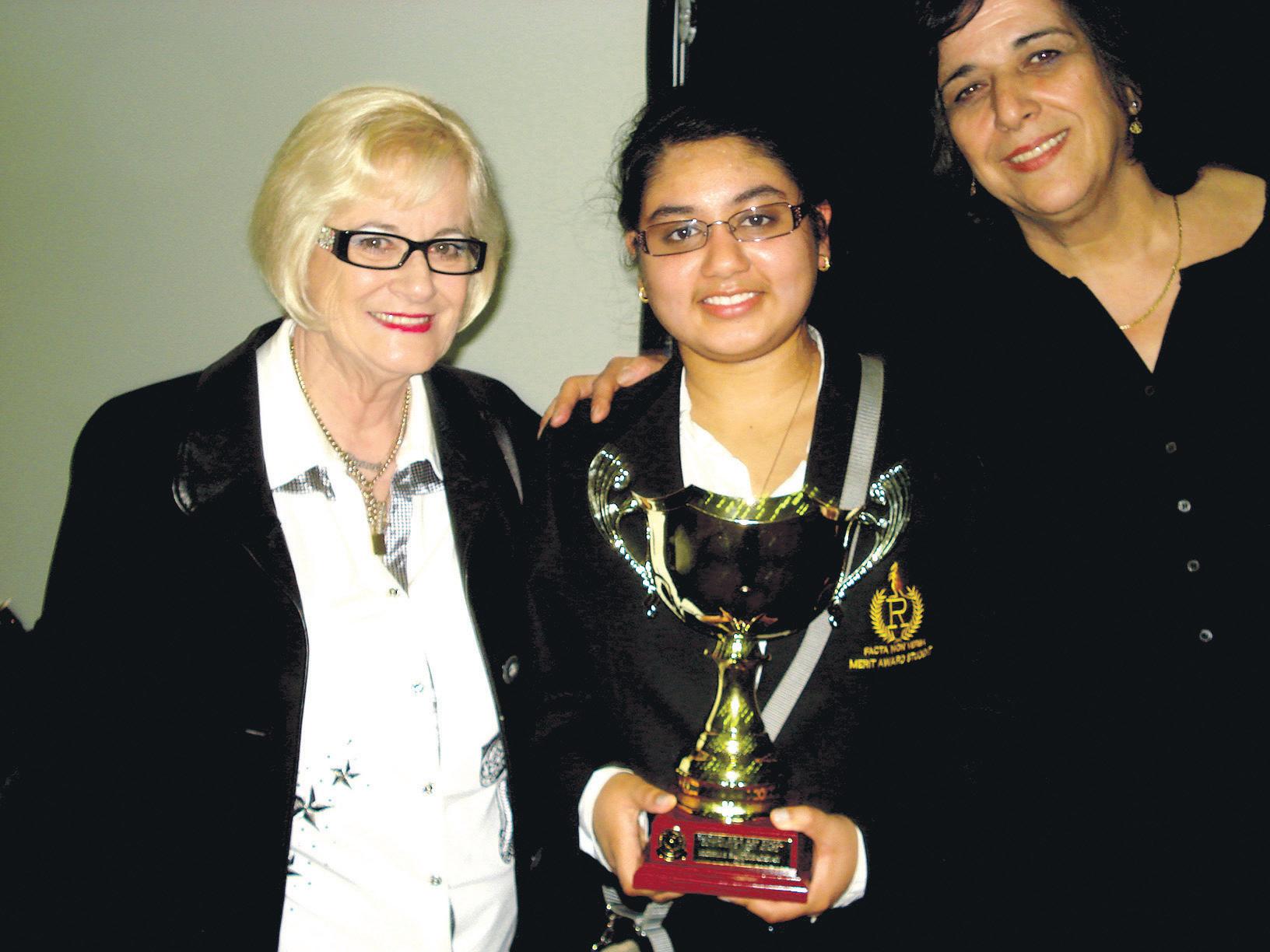

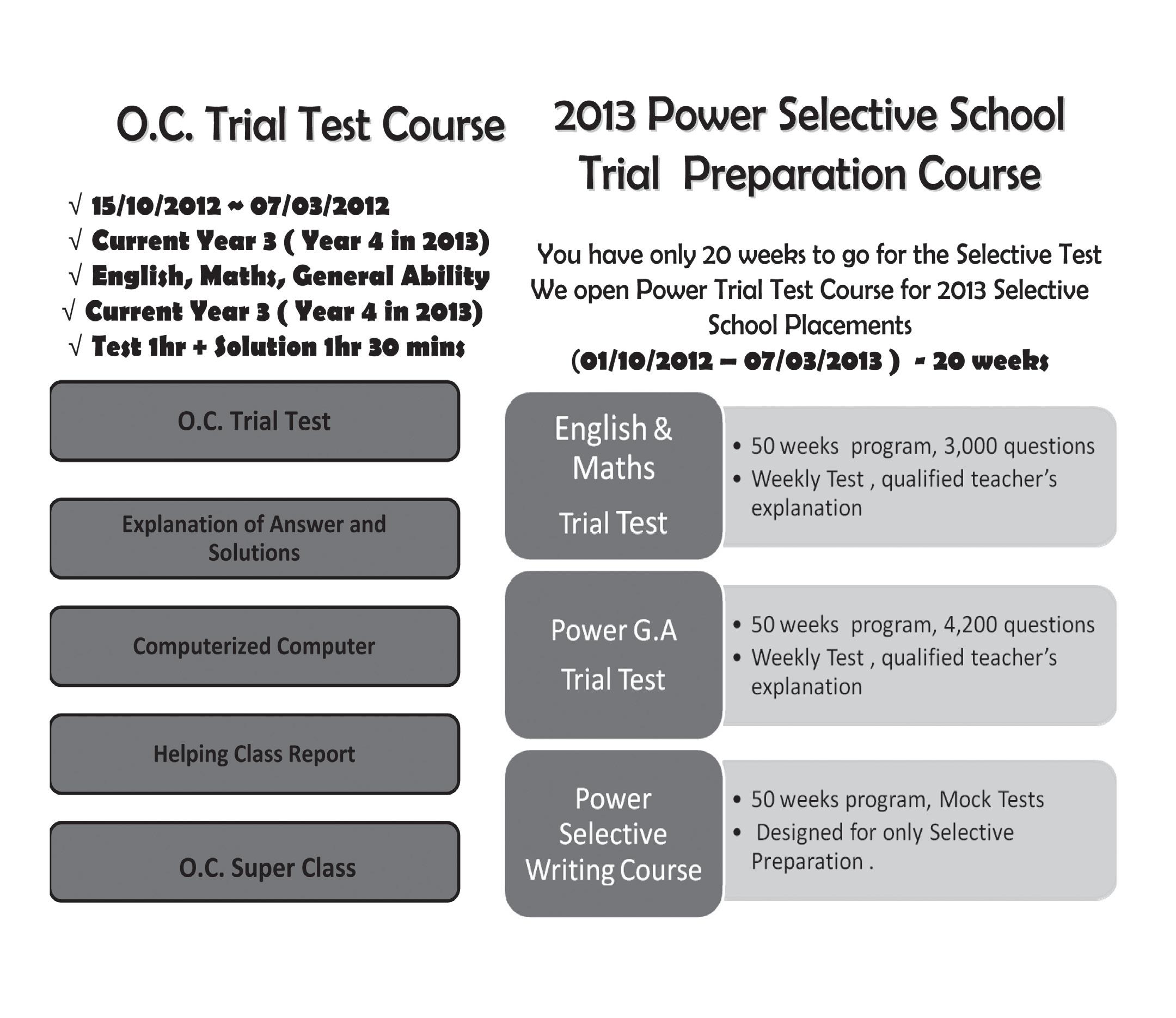
Despite controversy, Commonwealth Games brought benefits to India
The Commonwealth Games organised in New Delhi exactly two years ago may have been scarred by controversy and charges of corruption that are yet to be proved, but India’s best ever performance at the Olympics in the London Games displays the progress the country has made in sports in the last two years.
The government in its bid to continue the momentum gained from the Oct 3-14, 2010 Commonwealth Games, opened up its purse-strings under its Opex London 2012 programme. A willing government earmarked a record Rs.260 crore ($53 million) for training and competition ahead of the Olympics and the result was for all to see.
Though dogged by controversy and adverse media scrutiny even before it began, largely because of project overruns and delay in completion of major infrastructure, the Games on the whole were an organisational and sporting success from the Indian point of view.
If a whopping 101 medals in the Commonwealth Games were considered big, six medals at the London Olympics was seen as a big advancement over previous editions. Shooter Vijay Kumar and wrestler Sushil Kumar won silver medals while boxer M.C. Mary Kom, shuttler Saina Nehwal, shooter Gagan Narang and wrestler Yogeshwar Dutt bagged bronze medals in London.
While the Commonwealth Games might have been in the news for financial irregularities, it made India a hotspot for the top sporting events in the country.
Though India is far from being a sporting nation, the facilities that came up in the national capital for the Commonwealth Games have been a boon for athletes.
Jawaharlal Nehru Stadium, Major Dhyan Chand National Stadium, Karni Singh Shooting Range, S.P. Mukherjee Swimming Complex, Talkatora Indoor Stadium, Indira Gandhi Indoor Stadium and the Yamuma Sports Complex are among the best in the subcontinent.
Post the Commonwealth Games, while Nehru Stadium hosted the mighty Bayern Munich football team, SAFF Championship and the Nehru Cup, the National Stadium hosted the hockey Olympic qualifiers that saw India booking its tickets for London after having missed an Olympics (Beijing-2008) the first time in 80 years.
The Sports Authority of India (SAI), the New Delhi Municipal Council (NDMC) and the owners of most of the stadiums also decided to open the gates to the common man under the “Come and Play” scheme of the sports ministry. The scheme was well appreciated and ensured that the stadiums don’t turn into white elephants.
The financial irregularities in the preparations for the Commonwealth Games were also a big lesson for the government in more ways than one. It prompted the sports ministry to come up with a National Sports Development Code to get rid of corruption in Indian sports.
The National Sports Federations may have been up in arms against the sports ministry over the code but they all thank Sports Minister Ajay Maken in private for being so generous to all sports bodies by way of providing funds for training.
Shooters were the most favoured lot after India’s first Olympic gold by Abhinav Bindra at Beijing and Rajyavardhan Rathore’s silver four years earlier at Athens.
And the biggest beneficiary was ace double trap shooter and Asian Games gold medallist Ronjan Sodhi, who received the lion’s share of Rs.97.37 lakh of the Rs.6.87 crore financial assistance.
Sodhi says sportspersons have benefited immensely by the government funding after the Commonwealth Games.
“At the Commonwealth Games, the Indians proved their mettle and promised to do much more at other major international events. The government too was convinced and thus increased its funding for London. We are thankful to the sports ministry for helping us to prepare for the Games,” said Sodhi.
Athletics Federation of India (AFI) technical director M.L. Dogra said government funding has helped the federation to send athletes for exposure trips abroad.
“Around Rs.15.94 crore was been allocated for athletics and the athletes trained abroad for longer durations to prepare for the Olympics. Commonwealth Games discus gold medallist Krishna Poonia training in the US was fully funded by the ministry. US-based discus thrower Vikas Gowda also performed well in the recently held World Championships in South Korea,” said Dogra.
Poonia (Rs.24.20 lakh) and national record holder Gowda (Rs.24.51 lakh) benefited from the government’s Operation Excellence 2012. Their performance at the London Games was impressive though they failed to make a podium finish. Poonia was seventh while Gowda made a creditable eighth finish in the Games.
Two years is a small time to determine the benefits of the hosting the Commonwealth Games. But Indian athletes are still reaping its benefits.
India pauses in its busy tracks to remember Gandhi
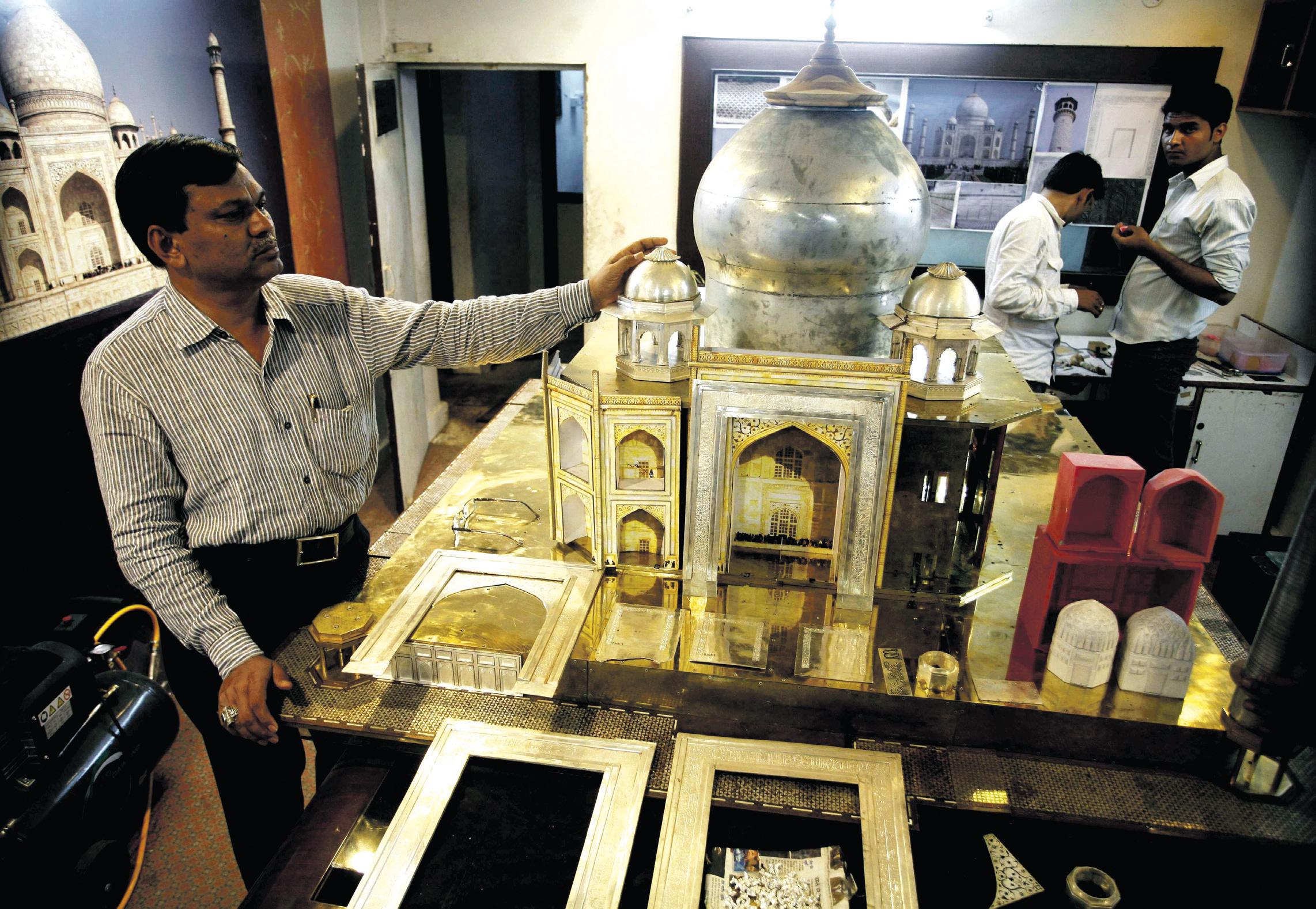
It was time again on October 2 to remember that greatest icon of peace. On Mahatma Gandhi’s 143rd birth anniversary, millions enjoyed a holiday but thousands also flocked to places dedicated to his memory to pay tribute to the man who spearheaded India’s bloodless struggle for freedom from British rule and left a legacy of amity and ‘ahimsa’ as eternal as time.
As the nation’s leadership gathered at his memorial Raj Ghat for the annual remembrance, ceremonies were held across the country to mark the day, observed as Gandhi Jayanti.
The symbolism of the day, also marked as the International Day of Non-Violence, was lost on nobody with many, from filmmakers to politicians, starting new ventures and making new promises.
Activist Arvind Kejriwal chose the day to launch his political party in the national capital. With a picture of Gandhi in the backdrop, Kejriwal, wearing a Gandhi cap with the slogan “Mein hoon aam admi, mujhe chahiye Janlokpal” (I am common man, I want Jan Lokpal) printed on it, kicked off his party by vowing to fight against corruption.
In Mumbai, where 120 inmates of Arthur Road prison took an oath to create an India of their dreams, the first look of the film Freedom was unveiled by director Vivek Agnihotri.
There were plenty of ceremonial functions.
The centrepiece of the formal observance was Raj Ghat, where Gandhi was cremated after being felled by an assassin’s bullet on Jan 30, 1948. His last words “Hey Ram”, forgiving even in death, are inscribed on a black stone slab.
President Pranab Mukherjee, Vice President Hamid Ansari, Prime Minister Manmohan Singh, Congress president Sonia Gandhi and senior Bharatiya Janata Party leader L.K. Advani were among those who gathered to remember the father of the nation.
Mahatma Gandhi’s favourite ‘bhajans’ like Raghupati Raghav Raja Ram and Vaishnav Jana To were played and an all-religion prayer conducted in memory of the father of the nation.
It was also the 108th birth anniversary of former prime minister Lal Bahadur Shastri. And the leadership paid floral tributes to both in the Central Hall of parliament. The prime minister, Congress president, Lok Sabha speaker Meira Kumar and a host of MPs and ministers were in attendance.
Away from the formal rituals, observed year after year, there were also those who tried to get a grip on the man, who went from being Mohandas Karamchand Gandhi to simply the Mahatma, or the great soul -- deified in every corner of India but with his ideology of Gandhism to a large extent confined within pages of textbooks.
At Raj Ghat, for instance, they gathered to understand the mystique of the man, described as a half naked fakir by former British prime minister Winston Churchill. From young professionals to college students, from families to foreign tourists, they walked around the complex trying to soak it all in.
“We need a nationwide revolution against corruption - a revolution based on Gandhian principles,” said Krishan Kumar, a 44-year-old shop owner from Daryaganj in Old Delhi.
Agreed Dave Lyneta, a 38-year-old Canadian.
“I’ve read Gandhi’s biography twice. If only more people around the world followed his principles, there would be no 9/11 or Iraq or Afghanistan wars,” he said.
For Khizar Hayat, 22, studying at the Jamia Millia Islamia in New Delhi, an introduction to Gandhi through his Class 9 textbook was the beginning of his journey towards knowledge.
“My devotion towards him grew over the years. I’m trying to imbibe his teachings in the way I live my life or treat others. I used to be violent till a couple of years ago. But I have learnt to control my emotions and more importantly, channelise my aggression in a positive way,” said Hayat.
Gandhi was born on October 2 in Porbandar in Gujarat in 1869. All of 143 years later, some lessons are still ones that need to be learnt.
Indian-Americans strongest supporters of Obama: Survey
Indian-Americans are by far the strongest supporters of US President Barack Obama, giving him an edge of 68 percent to five percent over his Republican challenger Mitt Romney, according to a new survey.
Thus, while two Indian-American Republican Governors, Bobby Jindal of Louisiana and Nikki Haley of South Carolina, are among the strongest critics of Obama, they seem to be in a relatively small minority of the community who support Romney, says the survey.
Asian Americans give significantly higher job approval ratings to Obama than the national average (59 percent vs. 50 percent, respectively), and they have a considerably less favourable impression of Romney than the national average (30 percent vs. 45 percent, respectively), according to the National Asian American Survey (NAAS).
Approval of the president’s job is particularly high among Indian Americans (82 percent), and is conspicuously low among Filipinos (45 percent) and Samoans (41 percent), says the survey of Asian and Asian Pacific Islanders (AAPIs).
Obama’s relatively high approval rating among AAPIs is also matched by higher favourability ratings than the national average, it says, noting while 51 percent of the national population has a favourable impression of Obama, 59 percent of Asian Americans do so.
The favourability rating is particularly high among Indian Americans (88 percent) and Korean Americans (76 percent), and is particularly low among Vietnamese Americans (20 percent) and Filipino Americans (46 percent).
One in six Asian Americans (17 percent) lives in a battleground state with Indian Americans and Korean Americans constituting a larger share of the battleground states than their national averages, the survey notes.
Asian Americans also have a more favourable impression of Democrats in Congress than the national average (43 percent vs. 34 percent, respectively), it notes.
The survey, based on a national poll conducted July 31-Sep 19 through telephone of 3,034 people, included 386 Indian-Americans.
It was the collaborative effort of Karthick Ramakrishnan at University of CaliforniaRiverside and Taeku Lee at University of California-Berkeley.
India presses for UNSC expansion to meet global challenges
India sought a reform of institutions of global governance including an expansion of the UN’s top decision-making Security Council to reflect contemporary realities for converting today’s challenges into opportunities.
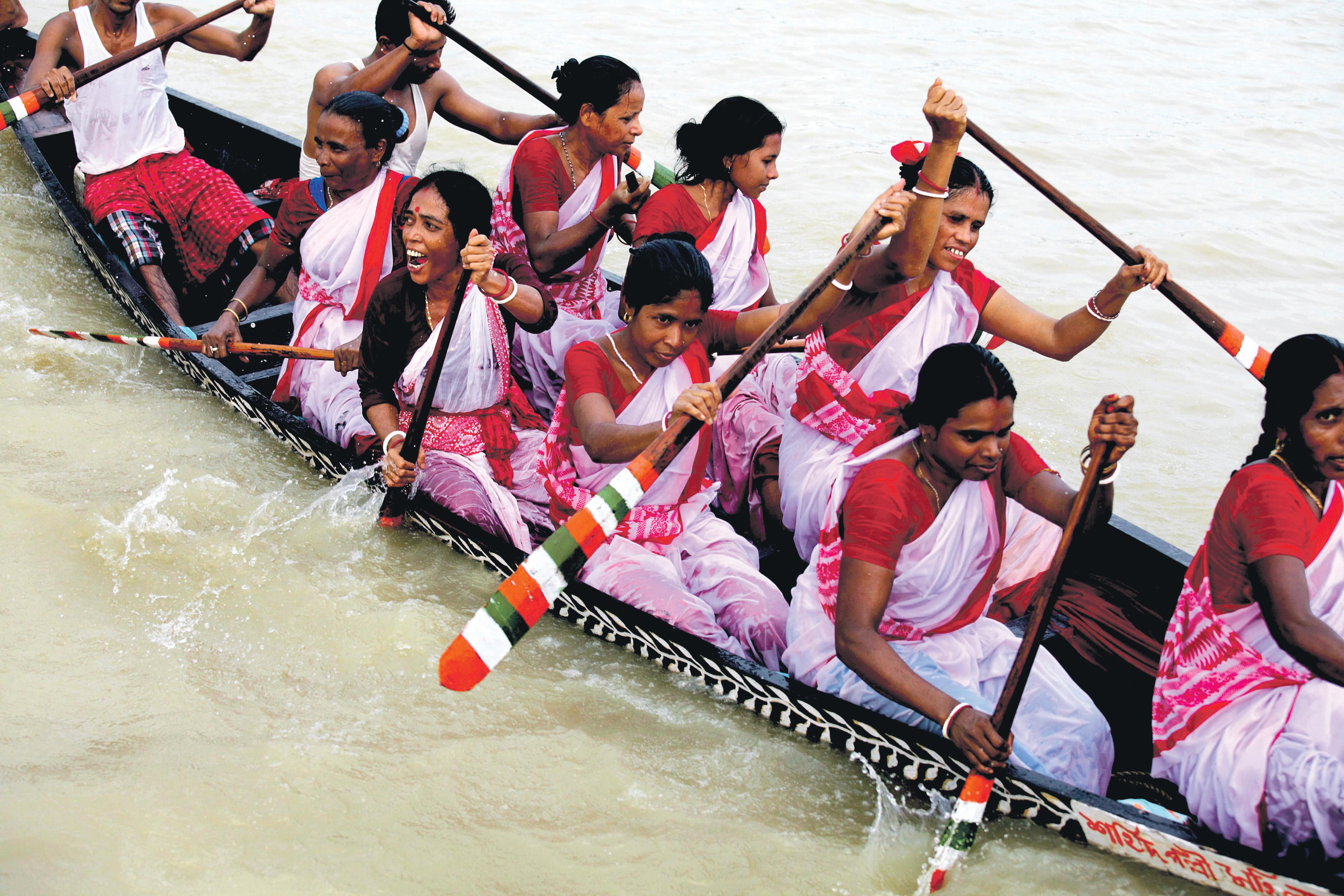
The world today was “faced with multiple global challenges that transcend national boundaries,” Indian External Affairs Minister S.M. Krishna said in his address to the UN general assembly outlining the problems ranging from tepid recovery from the downturn in the global economy to the scourge of terrorism.
“Developing countries are still to recover from the downturn in the global economy. Their quest for poverty eradication and sustainable development remains an uphill task,” he said.
“The West Asia and North Africa region is seeing unprecedented socio-political upheaval. The question of Palestine remains unresolved,” Krishna said.
“And, threats emanating from terrorism, maritime piracy, drug trafficking and proliferation of weapons of mass destruction continue to multiply.”
“These challenges demand that we act to work for solutions in a concerted and coordinated manner. This is the only path to success,” he said, suggesting a reform of the architecture of global governance to reflect contemporary realities.
“The most important and decisive step towards remedying this situation pertains to the UN Security Council, which must be expanded in both permanent and nonpermanent categories,” Krishna said.
“The reformed Council must include countries that are capable and willing to bear additional burdens relating to the maintenance of international peace and security and be able to sustain global campaigns against new and emerging global threats,” he said.
“Equally, India will promote and lend her weight for enhancing the voice and participation of developing countries in decision making in global economic and financial institutions,” he said.
The IMF’s quota reform process must be accelerated with altered quotas reflecting contemporary economic weight, Krishna said.
Expressing support for the government and people of Afghanistan, Krishna said the “continuing existence of safe havens and sanctuaries for terrorists beyond Afghanistan’s borders is the major impediment to the restoration of peace and security in Afghanistan.”
Calling terrorism as one of the most potent threats to international peace and security, he also asked the world to show the necessary political will to agree on a Comprehensive Convention on International Terrorism.
New hope for terminal heart patients
There’s new hope for terminal heart patients, with a new pumping device promising to provide rest to the worn-out heart and even recharge it - adding years and quality to a patient’s life.
The Ventricular Assist Device (VAD), or Heartmate II, is surgically inserted between the chest and upper abdomen and is powered by a battery. The titanium device is connected to a monitor worn outside the body that controls the blood flow.
Introducing the device in India and educating doctors about it, India-born, USbased cardiac surgeon and health economist Mukesh Hariawala says around 10,000 people across the world have had got the Heartmate II implanted and the results have been “fantastic”.
“Heartmate II has a very huge success rate and very few complications,” said Hariawala, who is associated with the Harvard Medical School Affiliated Hospitals in Boston, speaking during a visit to New Delhi.
“Patients can live for 8-10 years, if the rest of the body stays well. The device takes care of the pumping function of the heart.”
Hariawala, who was felicitated as “India’s Most Admired Surgeon” at Mumbai on Sep 21 by Maharashtra Governor K Sankaranarayan, said the Heartmate II is implanted in those who are in end-stage or terminal heart patients, “those who cannot go through angioplasty, stent or bypass”. It can be implanted in patients of any age, but is given usually to patients who are 50-plus, especially those waiting for a heart transplant.
A major advantage of Heartmate II is that the heart “starts remodelling itself”. Explaining, Hariawala said that with the pumping load reduced, the “typically diseased and enlarged heart starts reducing in size” and the patient “is able to move about, climb stairs and his/her endurance increases”.
“The patient lives longer and the quality of life is better,” he added.
Hariawala was a member of the surgical team that performed the first bypass surgery on Prime Minister Manmohan Singh in 1990 along with John Wright at Harley Street Clinic in London.
Heartmate II is manufactured by US firm Thoratec, a world leader with more than 10,000 “successful” implantations and the device is “soon to be offered to India”, he said.
Most of the implantations have been done in the US, Europe and Australia, and the demand is increasing in Asia, he said.
Ians




